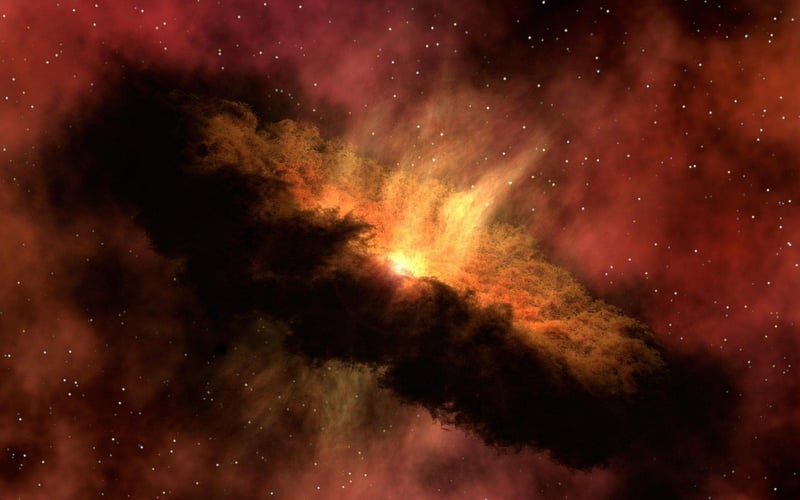Time Dilation Effects
Navigating the Cosmos: Understanding Time Dilation Effects
Exploring the vast expanse of the cosmos is a journey that captivates the human imagination. From the twinkling stars in the night sky to the mysterious black holes that lurk in the depths of space, the universe offers endless wonders to discover. However, as we venture further into the cosmos, we encounter a fascinating phenomenon known as time dilation.
What is Time Dilation?
Time dilation is a concept in physics that arises from Einstein's theory of relativity. In simple terms, it suggests that time can be experienced differently for two observers depending on their relative motion or gravitational fields. This means that time can appear to pass at different rates for individuals in different frames of reference.
Effects of Time Dilation
One of the most striking effects of time dilation occurs at speeds approaching the speed of light. According to the theory of special relativity, as an object moves faster, time slows down for that object relative to a stationary observer. This phenomenon has been experimentally confirmed and has significant implications for space travel.
Additionally, gravitational time dilation occurs in the presence of strong gravitational fields. For example, time runs slightly slower closer to massive objects like planets or stars compared to regions further away. This effect is crucial for phenomena such as black holes, where time dilation becomes extreme near the singularity.
Time Dilation in Space Travel
Understanding time dilation is essential for space exploration, especially for missions that involve traveling at high speeds or near massive celestial bodies. Astronauts on long-duration space missions may experience slightly different rates of time compared to those on Earth due to their relative motion and proximity to gravitational fields.
Scientists and engineers must account for time dilation effects when planning space missions to ensure accurate navigation, communication, and synchronization of systems. Failure to consider these factors could lead to significant errors in mission outcomes.
Conclusion
As we continue to push the boundaries of space exploration, the concept of time dilation remains a fascinating and essential aspect of understanding the cosmos. By unraveling the mysteries of time and its relationship to motion and gravity, we gain deeper insights into the nature of the universe and our place within it.

Embark on the cosmic journey, where time bends and stretches, shaping our perception of reality in ways we are only beginning to comprehend.
